The Unforeseen Glitch: An AI’s Misadventure at the Drive-Thru
Taco Bell, like many fast-food chains, has been exploring the use of AI to streamline its operations and enhance the customer experience. The company began a large-scale rollout of a voice AI system at over 500 of its drive-thru locations, aiming to improve order accuracy, reduce wait times, and ease the workload for its employees. However, a recent viral incident involving a customer ordering an absurd number of water cups has forced the company to re-evaluate its AI strategy.
The incident, which gained widespread attention on social media platforms like TikTok, showcased the AI’s inability to recognize and interpret an absurd or malicious request. A customer, seemingly as a prank, ordered “18,000 cups of water.” The AI system, lacking the common sense or contextual understanding of a human employee, processed the order without question. The request, which is obviously impossible for a single customer to receive or for the restaurant to fulfill, highlights a significant flaw in the AI’s design. The system was programmed to understand and process orders but not to question their practicality or to flag potential “trolling.” This forced a human employee to intervene and take over the order, effectively nullifying the intended efficiency of the AI.
The Broader Issues with AI in the Fast-Food Industry
This incident with the 18,000 cups of water is not an isolated event. It’s a symptom of a larger problem that many companies are facing as they rush to integrate AI into customer-facing roles. The goal of these systems is to reduce labor costs and improve service speed, but they often fall short in real-world scenarios.
- Lack of Contextual Understanding: The Taco Bell AI’s failure to recognize an impossible order is a prime example of its limited contextual understanding. Unlike a human, who would immediately recognize the absurdity of the request and either laugh or question the customer, the AI simply follows its programming.
- Customer Frustration: Other incidents have also been reported, including the AI getting stuck in a loop, repeatedly asking a customer if they want a drink even after they’ve already ordered one. This leads to customer frustration and can escalate a simple transaction into a negative experience.
- The “Human Touch”: The very nature of customer service often requires a human touch. A human employee can handle complex orders, adapt to a customer’s mood, and even diffuse a tense situation. AI, in its current form, is a long way from replicating this level of nuanced interaction. In many of these incidents, a human employee had to step in, proving that the technology is not yet ready to completely replace human staff.
Taco Bell’s Response and Future Plans
In response to these viral blunders and customer complaints, Taco Bell is not abandoning its AI initiative entirely, but it is reconsidering its widespread rollout and implementing a more cautious, hybrid approach. According to Dane Mathews, Taco Bell’s Chief Digital and Technology Officer, the company is still learning from the experiment. While the AI system has successfully processed millions of orders, the company now recognizes that it isn’t a one-size-fits-all solution.
The new strategy involves a hybrid model where humans will have the ability to monitor the AI and take over when necessary. The company plans to coach its restaurant teams on when to best utilize the AI and when to step in manually, especially during busy hours or with complex orders. This suggests that the company is moving toward using AI as a supportive tool rather than a complete replacement for human labor. It’s an admission that the technology isn’t yet perfect and that the human element remains a crucial part of the drive-thru experience.
